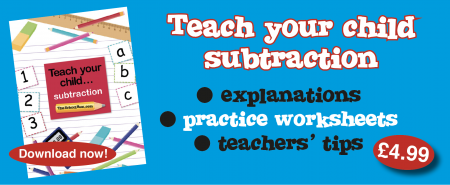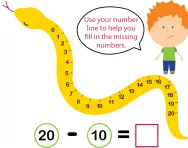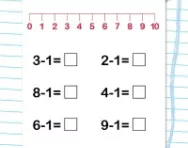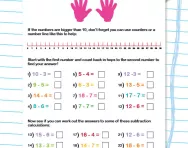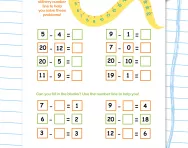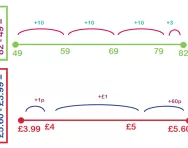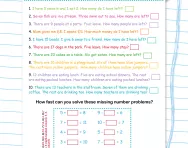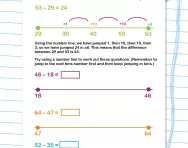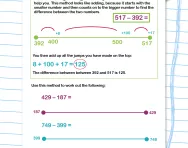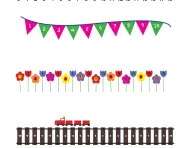TheSchoolRun.com closure date
As we informed you a few months ago, TheSchoolRun has had to make the difficult decision to close due to financial pressures and the company has now ceased trading. We had hoped to keep our content available through a partnership with another educational provider, but this provider has since withdrawn from the agreement.
As a result, we now have to permanently close TheSchoolRun.com. However, to give subscribers time to download any content they’d like to keep, we will keep the website open until 31st July 2025. After this date, the site will be taken down and there will be no further access to any resources. We strongly encourage you to download and save any resources you think you may want to use in the future.
In particular, we suggest downloading:
- Learning packs
- All the worksheets from the 11+ programme, if you are following this with your child
- Complete Learning Journey programmes (the packs below include all 40 worksheets for each programme)
You should already have received 16 primary school eBooks (worth £108.84) to download and keep. If you haven’t received these, please contact us at [email protected] before 31st July 2025, and we will send them to you.
We are very sorry that there is no way to continue offering access to resources and sincerely apologise for the inconvenience caused.
What is subtraction on a number line?

When teaching subtraction, teachers will sometimes use a method called 'complementary addition' that involves putting the smaller number at the start of a number line and then jumping up to the bigger number (another name for the method is the 'jump strategy').
This makes the concept of subtraction being about finding the difference between two numbers very clear.
How to use the jump strategy for subtraction
Teachers vary on how they make the 'jumps' from one number to another on a number line. Here are two different ways it can be done: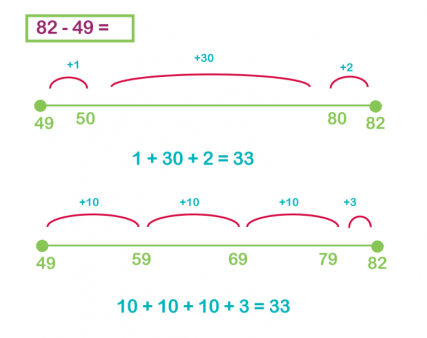
Complementary addition can also be used for subtracting a three- or two-digit number from a three-digit number:

Or for subtracting amounts of money: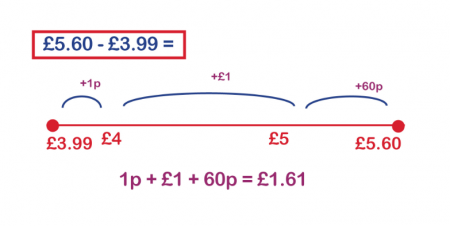
Complementary addition is often taught in Year 3 to make it clear to children that subtraction is about finding the difference between two numbers. It also helps them to learn to subtract mentally as it makes very clear how many tens and units need to be 'jumped' to get from one number to another.
Once children have understood this concept, they often move onto column method for subtraction. This is a quicker method, but only involves children having to subtract units (not hundreds or thousands), which is why it is important to have practised a more expanded method (like the partitioning method, for example) first.
